Latinx culture and horror go together like… chupacabra and farm animals. I mean, we have some of the best dark myths after all: La Llorona, El Cuco, and of course, the aforementioned goat sucker, just to name a few. In my Puerto Rican family, the existence of ghosts was an accepted part of life: that imprint in the blankets on the end of your bed? Abuela stopped by to check on you. As Edwin Pagán, founder-in-chief of LatinHorror.com, said in an interview: “Traditionally, we have always loved ghost stories and the macabre and Gothic tales,” he says. “They’re just sewn into the fabric of who we are as a people.”
But though there are more horror writers with Mexican, Caribbean, and South American heritage every day, they haven’t been as visible as they should be in the mainstream of horror publishing. Luckily, change seems to be coming, albeit slowly. The arrival of Silvia Moreno-Garcia’s novel Mexican Gothic on the New York Times Bestseller list was a triumph on so many levels, but even she had to work hard to get there. The bestseller is her sixth book, and as she told Library Journal, “I remember shopping one of my books and one editor said the book was good, but it was set in Mexico, so they wouldn’t buy it. It would not sell, they said.” Her latest—set in Mexico, ahem—has spent weeks on the list.
With the cold bite of spooky season in the air, I set out to highlight some of my favorite Latinx writers of horror and share them with you. They are the well-known and the should-be-well-known, and they are all worth your exploration… if you dare.
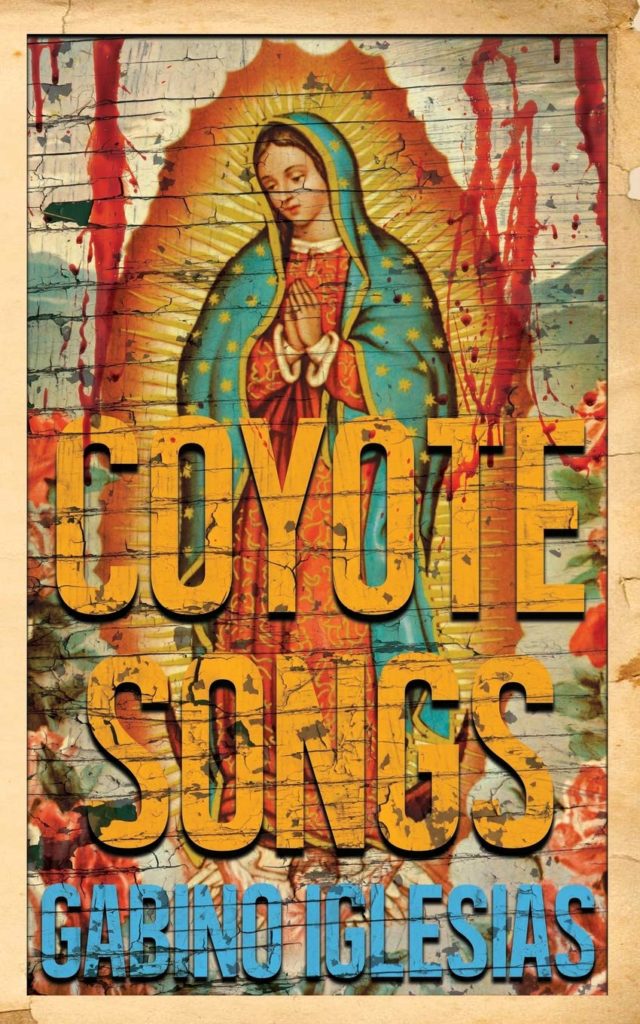
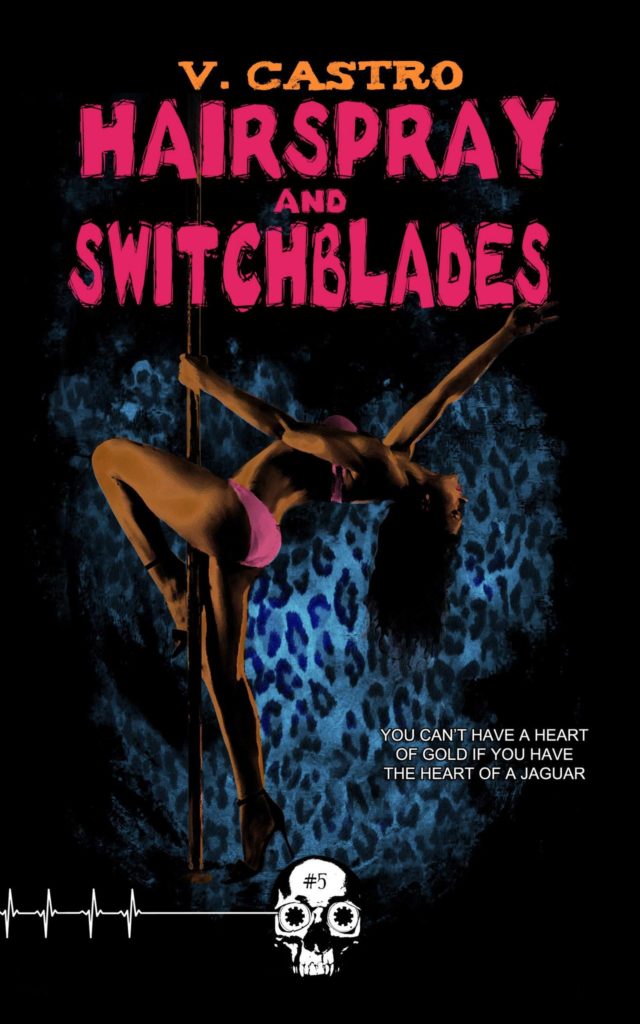
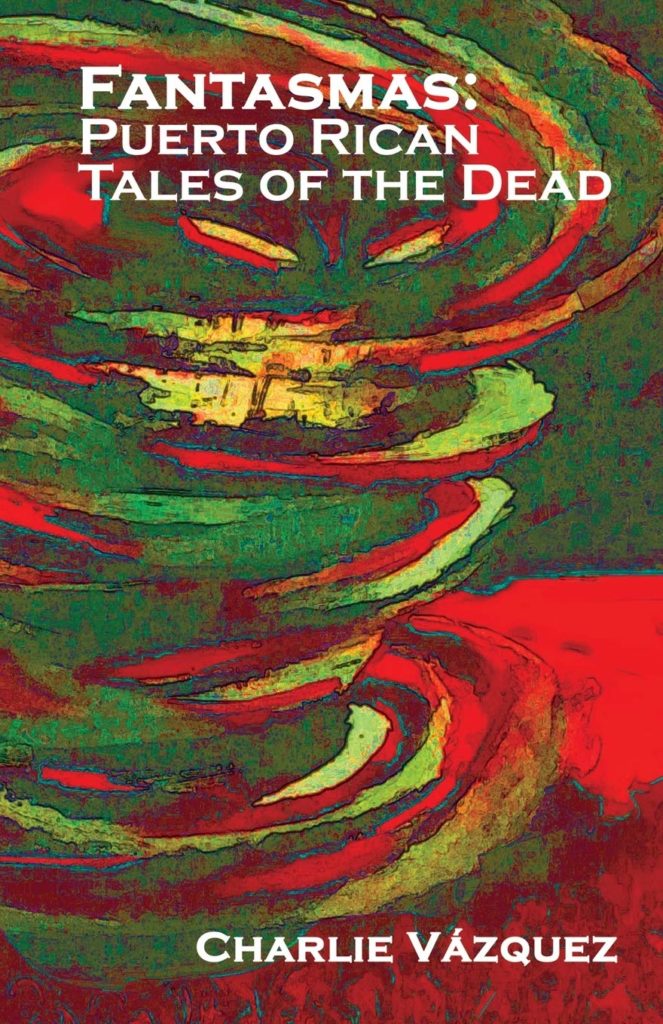
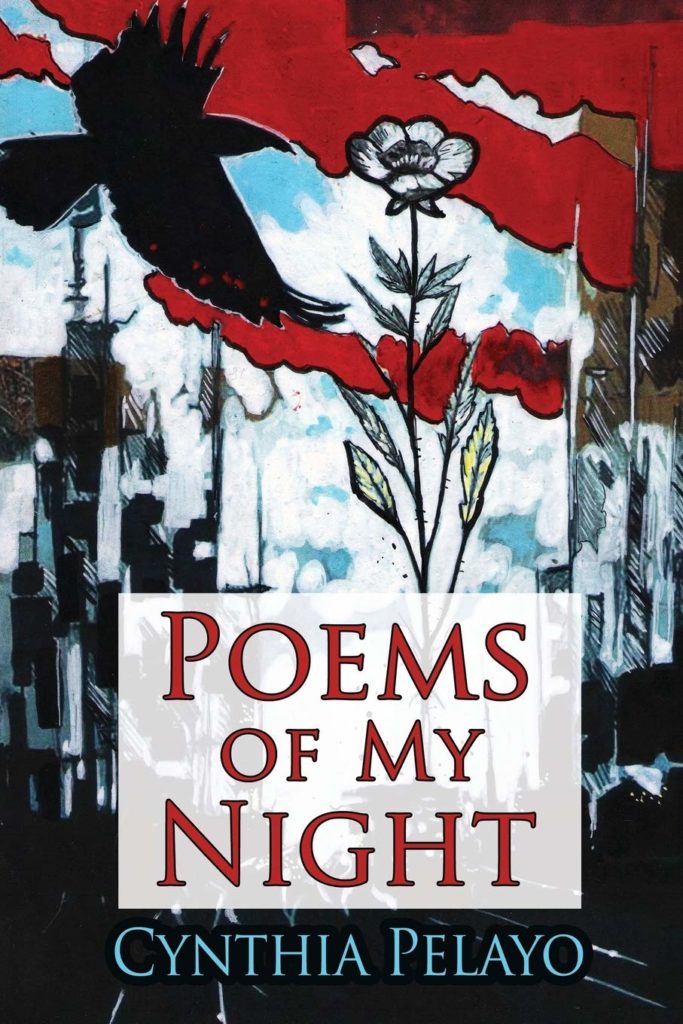
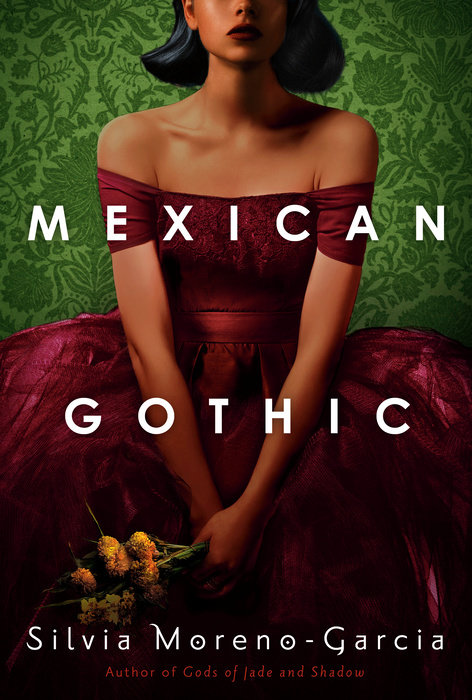
These are just a sampling of Latinx horror writers, the ones that I have been excited to find and wanted to share with you, dear readers. So, what makes these Latinx horror writers different from writers of other backgrounds? Well, other than a theme of anti-colonialism, or what I call “Oppression Horror,” not much. I think that’s my point in wanting to shine my small light on these artists: I would love for Latinx speculative writers to be considered part of the “canon” without differentiation (other than their brilliance). But first, we need to publish more Latinx writers and put their work in front of readers.
The image of hunkering down in a comfy chair with a cup of tea (or glass of bourbon) and a horror book is the perfect activity for autumn. So, get yourself a copy of one of these books, or all of them, settle in, and let them move, impress, and scare you.
Best do it, or El Cuco’s gonna get you.
Ann Dávila Cardinal’s novels Five Midnights and the sequel, Category Five, are published by Tor Teen. Ann lives in Vermont and likes to spend her free time reading, cycling, and preparing for the zombie apocalypse.




2 thoughts on “Dark Sangre: Five Latinx Horror Writers You Should Know”